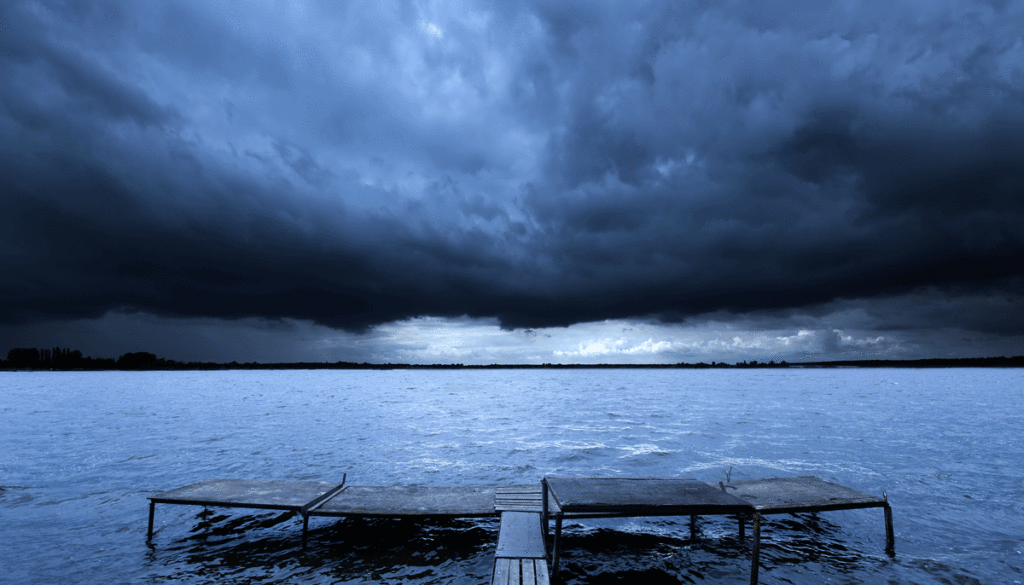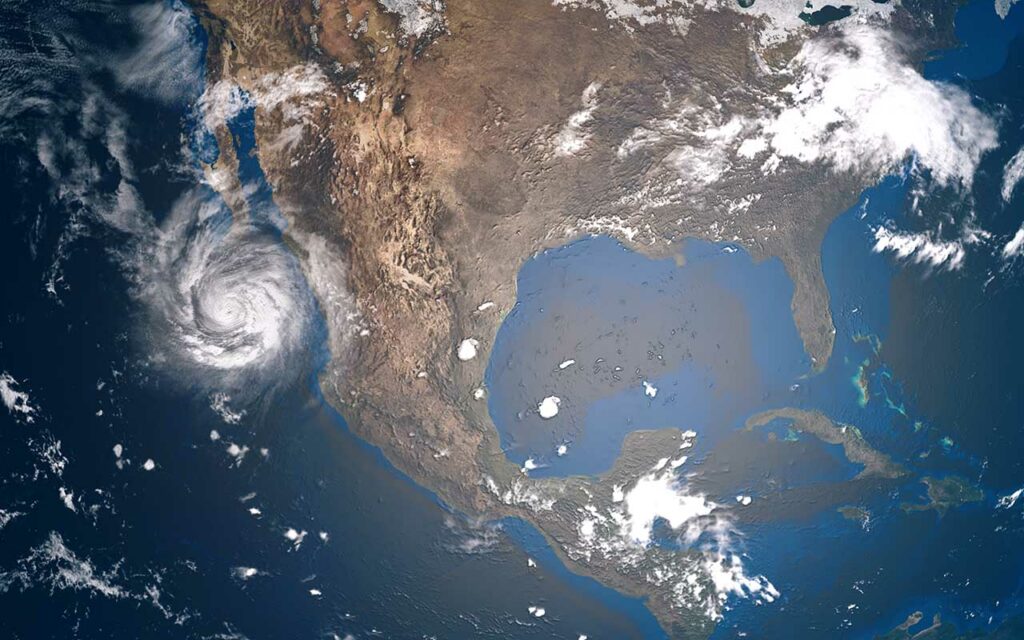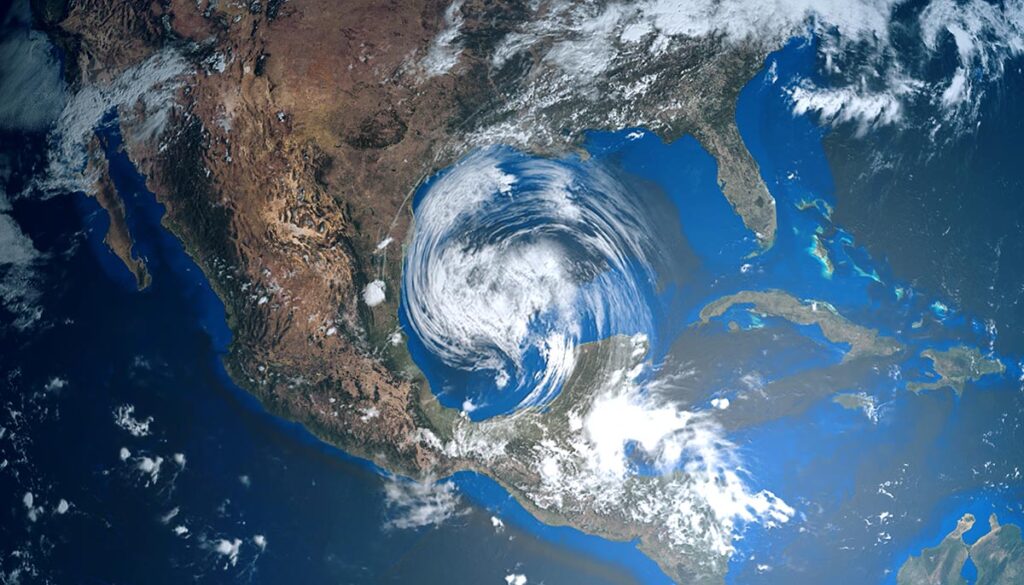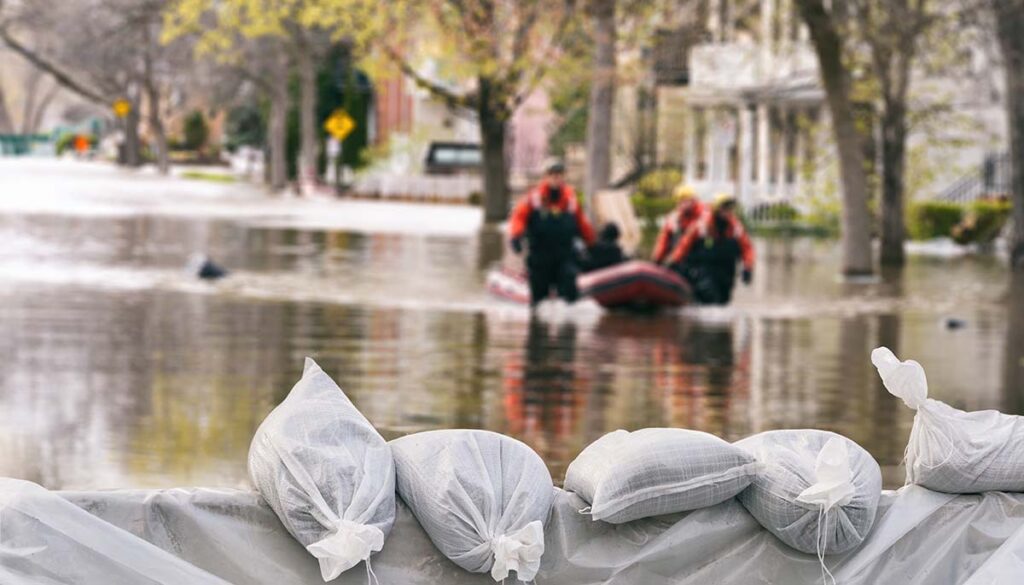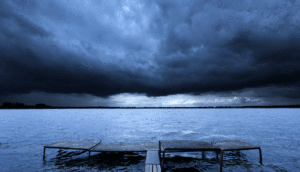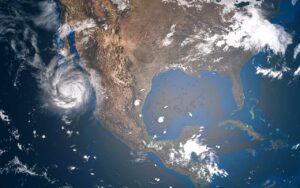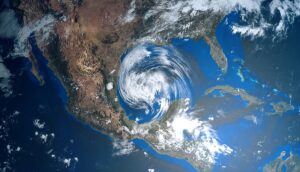As California enters its third year of severe drought, federal officials announced that it would not deliver any water to farmers in the state’s major agricultural region, which supplies one-quarter of America’s food.
Feds deny water to central California farmers amid severe drought
As California begins its disastrous third year under severe drought, the federal government announced on Wednesday that, for the fourth time in the last decade, it would not deliver water to farmers in central California’s agricultural belt, the Guardian reported.
The Central Valley Project in California, a complex system of dams, reservoirs, and canals, is operated by the federal government. The project is one of two major water systems California relies on for agriculture, drinking water, and the environment. California’s state government runs the other system.
Feds: We can’t make it rain
In 2021, the federal government allocated 5% of the Central Valley Project water supply to farmers but ended with 0% available as the drought intensified.
The feds allocate 25% of the water supply to drinking and industrial uses.
By 2022, the federal government has allocated 0% of the project’s water to farmers.
“It’s devastating to the agricultural economy and to those people that rely on it,” said Ernest Conant, regional director for the U.S. Bureau of Reclamation. “But unfortunately, we can’t make it rain.”
“Last year was a very bad year,” Conant added. “This year could turn out to be worse.”
No relief in sight
As California enters its third year of severe drought, rain and snowfall are far below historical averages, KTLA reported.
The northern Sierra Mountains are crucial to filling some of the state’s largest reservoirs and have only received 1.7 inches of rain over January and February, typically the wettest months of California. According to Kristin White, Central Valley operations manager for the U.S. Bureau of Reclamation, this marks the lowest amount of rain during these months ever recorded, breaking a record set in 2013.
The Central Valley Project’s reservoirs have decreased by 26.5% compared to last year. This works out to 1.2 million acre-feet less water than planned. For perspective, one acre-foot of water typically is enough to supply two average households in a year.
California agricultural belt produces 25% of U.S. food
Of chief concern to America as a whole is that California’s agriculture belt provides one-quarter of the nation’s food supply and the bulk of U.S. fruits, nuts, and vegetables.
Majority of California is in severe drought – definition
Currently, over 66% of California is classified as a “severe drought” by the US Drought Monitor (USDM).
ACCORDING TO THE NATIONAL OCEANIC AND ATMOSPHERIC ASSOCIATION (NOAA), the USDM uses an intensity scale for drought with five different levels D0-D4, according to the National Oceanic and Atmospheric Association (NOAA).
Abnormally dry: D0 refers to short-time dryness.
Moderate drought: D1 refers to an area where damage to crops and pastors can be expected, and where fire risk is high, as a stream, reservoir, or well levels are low.
Severe drought:
- D2 is when crop or pasture losses are likely.
- Fire risk is very high.
- Water shortages are common.
- Water restrictions are typically voluntary or mandated.
Extreme drought: D3 is when major crop and pasture losses are common, viruses extreme, and widespread water shortages are expected and require restrictions.
Exceptional drought: D4 is when an area experiences widespread and exceptional crop and pasture losses, fire risk, water shortages, and water emergencies.

